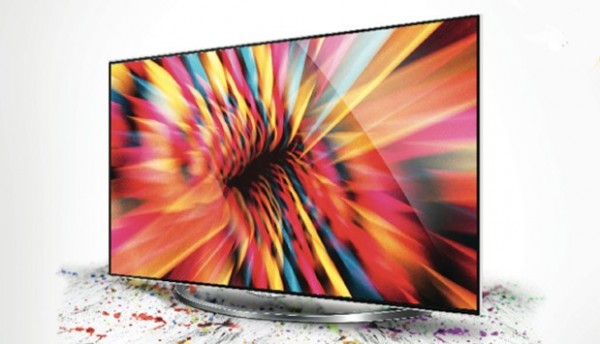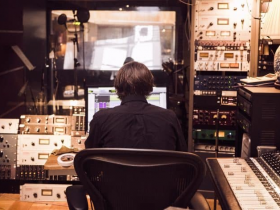TV manufacturers offered us HDTV sets about ten years ago and they simply impressed us. We were enthralled by the very high quality display. The sharpness allows us to see many little details when we play appropriate content. These TV sets boast 720p or 1080p resolution. They simply provide the kind of clarity that’s beyond what is previously possible. These TV sets also deliver huge improvements in terms of brightness, contrast and color reproduction.
We have come a long way and it is time for the new technology. HDTV is now considered as an old technology and consumers are expecting for something better. Now the Ultra HD 4k has arrived in the TV industry and it provides massive improvements in terms of image sharpness and clarity. Unfortunately, there’s still limited content for 4k technology, but more and more providers are releasing it for us.

These high-end TV models provide so many new features that can keep us excited for at least a couple of years to come. Prices of 4k TV sets have also started to drop and it is possible to buy models with 4k capability at $600 or lower.
But, should we trust the new standard or it is just an expensive marketing hype?
With the right content, Ultra HD could deliver the most incredible picture we see in the entertainment industry. Watching food being cooked could literally make us drool and hungry. Movies with 4k resolution could suck us into a different reality that we never knew existed.
While the standard 1080p TV set provides more than 2 million pixels, the 4K TV could make it look ancient, by sporting the staggering 8.3 million pixels. In general, 4k TV sets provide us with 4 times the amount of pixels.
We should know that the 4K resolution has passed the boundary of visibility. We could no longer distinguish individual pixels on the display. With those ancient CRT TV sets, we could see those small dots easily, but it is nearly impossible to see pixels of 4K TV unless the model is very large and we stare at from close range. In general, 4k resolution is useful if it is displayed on a 60-inch TV or larger.
The dense pixel count will have no real impact on visibility if manufacturers place it on a 40-inch TV or smaller. When we are planning to buy smaller TV sets, it is a good idea to choose the standard 720p or 1080p resolution. From normal viewing distance, images displayed on these sets still look sharp enough. In fact, average TV owners may not be able to tell the difference.
Because, we lack appropriate 4k content, many TV sets with 4k resolution offer internal mechanism that can convert 1080p content into 4k. The result won’t be satisfying for those who had been enthralled by real 4k content. However, the stopgap measure is good enough as we are waiting for affordable 4k content. Also, we should make sure that the interior of our house could fit the huge 60-inch TV.
There are actually stories about people who bought very large TVs and they couldn’t even squeeze the sets into the door.






















